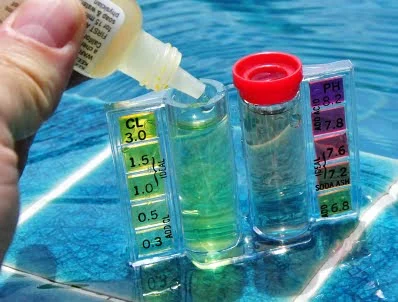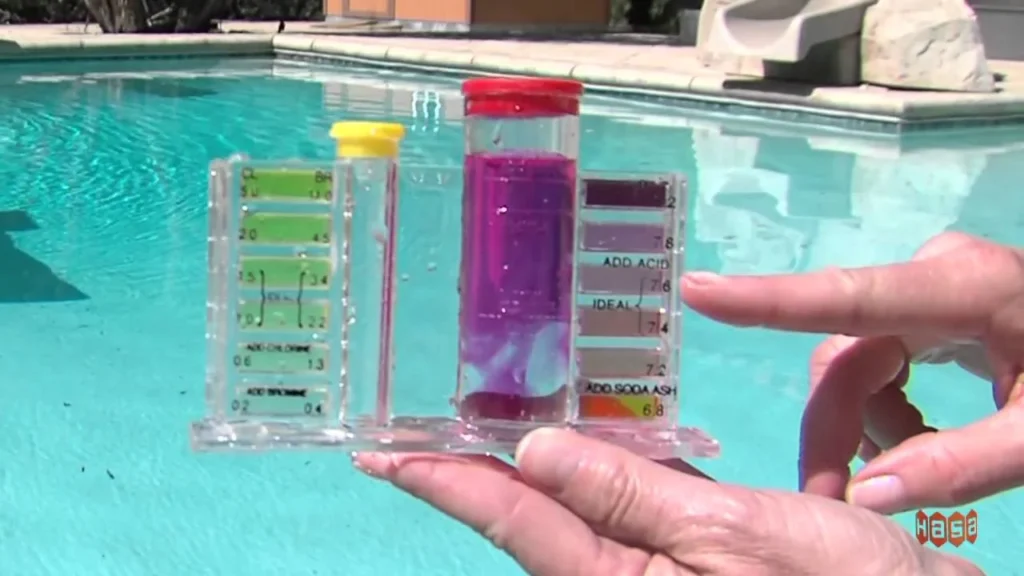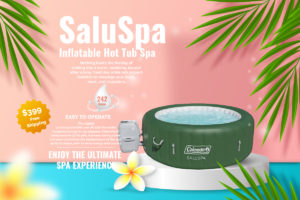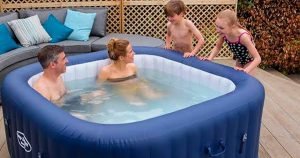Water Test Kits for Pools and Spas
Regular testing of water chemical balances in indoor hot tubs is essential to ensure proper alkalinity and acidity levels. This balance is not only vital for your comfort but also for the protection of the equipment. Ignoring water quality over an extended period can lead to serious issues, including problems in large hot tubs. Regular testing also helps maintain the spa’s sanitizer system, ensuring the water remains free of unsafe bacteria and heavy metals.

Testing Shells and Large Tubs
When testing hot tub water, the first thing to balance is the alkalinity. After that, attention should be given to the pH level, which usually aligns naturally after balancing the total alkalinity. We’ve also discussed balancing the water’s pH, calcium, alkalinity, and heavy metals. Once the necessary chemicals are added, testing the water in your indoor hot tub is important to make sure it is properly balanced.
Testing Methods
Water testing is carried out in different ways. One commonly used method involves taking a small water sample, adding a few drops of test solution, and observing the color change. This color is then compared to a chart to determine the water’s balance. Another popular approach is using test strips, which are dipped into the water and change color. After this, you compare the color to a chart to assess the water quality. Here’s how you can use test strips:
- Run the water in your hot tub for a minute or two.
- Scoop up a sample of the hot tub water into a clean plastic cup, filling it halfway—enough to submerge the strip fully.
- Take a test strip from the bottle and immediately close the cap tightly to keep the remaining strips dry.
- Dip the strip into the water, making sure not to submerge it too deep and wet the test pad. Follow the instructions on the bottle.
- Gently shake the strip to remove excess water.
- Hold the strip horizontally with the pad facing up for about 15 seconds (or follow the bottle instructions).
- Match the color on the strip to the testing kit chart.
- Adjust your hot tub water if needed by adding additives to balance the pH, alkalinity, calcium, or to eliminate heavy metals.
- For the best results, allow a few hours or overnight after adding chemicals, and then retest to ensure the water is balanced.

Hot Tub Testing Tips
While testing, avoid touching the test strip with your fingers, as oils or chemicals on your hands could affect the results. Additionally, make sure the test strip bottle is tightly closed to prevent exposure to air. Store the strips in a cool, dry place and protect them from direct sunlight to avoid damage. It’s also crucial to check the expiration date on the strips to avoid inaccurate readings.
Here is a helpful chart showing the ideal balance for your large hot tubs:
| Test | Minimum | Ideal | Maximum |
|---|---|---|---|
| Chlorine | 1 ppm | 2 ppm | 4 ppm |
| Bromine | 1 ppm | 2-3 ppm | 5 ppm |
| Calcium Hardness | 150 ppm | 150-250 ppm | 500 ppm |
Note: Some charts may list calcium hardness between 150-500 ppm. However, the optimal range for residential and commercial hot tubs is between 150-250 ppm.
Conclusion
Whether you use test strips or liquid testing, it is essential to maintain a balanced water chemistry in large hot tubs. Regular testing ensures your equipment lasts longer, the water remains enjoyable, and you can safely confirm the water’s quality. Following these best practices will help you achieve the best possible hot tub water.





